Ever wondered how your favorite rock and metal guitarists achieve that thick, aggressive tone that makes the crowd go wild? The answer lies in the magical little box known as a distortion pedal. This powerful tool can turn your mild-mannered tube amp into a roaring beast ready to unleash a wave of sonic fury. In this blog we'll be taking a look at the best distortion pedals for tube amps.
Short Summary
- Distortion pedals provide gain, saturation and aggression when used with a tube amp to optimize high gain requirements.
- Top distortion pedals include the ProCo RAT 2, Boss DS-1 and Revv G3. Budget friendly options such as Behringer VT999 are also available.
- High Gain Distortion Pedals offer heavy metal tones while versatile models like Fender Pugilist & Walrus Audio Eras can be used for various genres. Consider sound quality, control options & compatibility when selecting one that works best with your specific amp.
Why Use a Distortion Pedal with a Tube Amp?
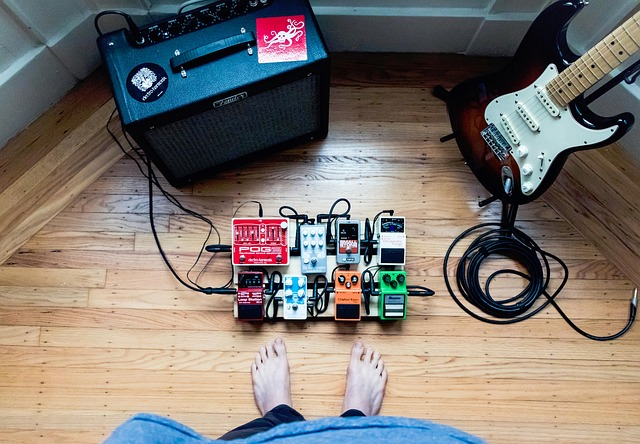
If you’re a fan of rock, metal, or any genre that requires a hefty dose of grit and grind in your tone, a distortion pedal is a must-have in your arsenal. The beauty of distortion is its ability to increase gain, saturation, and aggression beyond the capabilities of an overdrive pedal, providing a more aggressive sound to your guitar or bass when used with a tube amp. But why use a distortion pedal with a tube amp? The answer lies in the unique characteristics of tube amps. They offer warmth and dynamic response but may not always meet high gain requirements. This is where distortion pedals come to the rescue. They can optimize high gain requirements, balance volume levels, and provide an immediate solution to any issues with the preamp section.
Distortion pedals come in a variety of flavors, from transparent gain pedals to pedals that drastically alter the sound of your rig, offering a world of tonal possibilities. For rock or metal players, using an overdrive pedal or even overdrive pedals can help achieve the desired sound, and placing the distortion pedal earlier in the chain, after overdrive or boost pedals, can achieve a cranked tube amp sound.
Ultimately, the choice of a distortion pedal depends on your desired sound. Some guitarists prefer the raw, aggressive tone of hard clipping, while others might lean towards the softer, more textured sound of soft clipping. Whether you’re aiming for a great metal tone or a softer overdriven tone, distortion pedals can help you fine-tune your sound to match your vision.
Top Distortion Pedals for Tube Amps
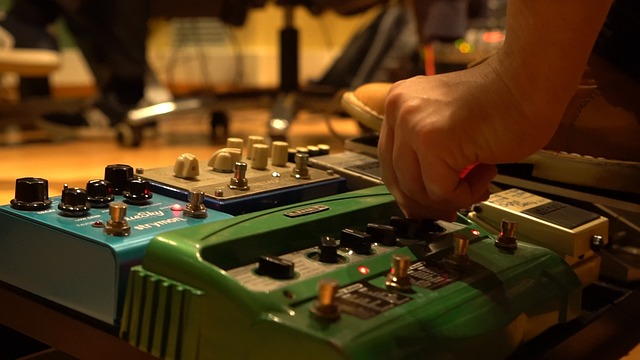
Now that we’ve established the importance of distortion pedals, let’s dive into some of the top picks that have won the hearts of guitarists worldwide. Each of these pedals brings a unique flavor to the table, promising to elevate your sonic experience to new heights.
ProCo RAT 2
First on our list is the ProCo RAT 2, a classic and highly versatile distortion pedal that has been used by many renowned guitarists. Its popularity stems from its ability to deliver a wide range of tonal possibilities thanks to its Distortion and Filter controls. The ProCo RAT 2 is equipped with controls for distortion, filter (tone), and volume, allowing you to craft your perfect tone. Whether you want a mild overdrive or a full-on fuzz, the ProCo RAT 2 can deliver it all with ease.
In terms of power, the ProCo RAT 2 is powered by either a 9V battery or a standard 9V power pedal power supply, offering flexibility for different gigging situations. This pedal is a true testament to the saying, “Big things come in small packages.”
With its classic and versatile sound, the ProCo RAT 2 stands tall among distortion pedals. It’s a reliable companion for any guitarist looking to add some serious grit and grind to their tone.
Boss DS-1
Next up is the Boss DS-1, a versatile and affordable distortion pedal that has been a mainstay on pedalboards for decades. This pedal can be adjusted to produce a variety of distortions, particularly when used with a tube amp, making it a versatile tool in any guitarist’s arsenal.
The Boss DS-1 offers increased versatility and can be employed as a clean boost, providing an added edge to your tone. However, it’s worth noting that it is notably compressed, which might not be suitable for those seeking a more dynamic response.
Despite its simplicity, the Boss DS-1 is a classic pedal that has been used by renowned guitarists such as Kurt Cobain, John Frusciante, and Steve Vai. Its reputation speaks for itself, proving that sometimes less is more when it comes to achieving great tone.
Whether you’re a beginner looking for your first distortion pedal or a seasoned pro seeking a reliable workhorse, the Boss DS-1 is a fantastic choice that delivers great value for money.
Revv G3
If you’re seeking a distortion pedal with a smooth tube-like sound, the Revv G3 might be right up your alley. Modeled after the Purple Channel of a Revv amplifier, this pedal delivers a wide range of harmonics, offering a tube-like sound that is versatile and satisfying. Weighing in at just three-quarters of a pound, the Revv G3 boasts a robust build quality with an aluminum housing that provides enhanced rigidity. It’s not just about looks, though. This pedal boasts impressive features such as a true bypass circuitry ensuring that when not in use, it does not alter the tone of your guitar.
One of the standout features of the Revv G3 is its aggression switch, which determines the voicing of the pedal. This feature, coupled with its robust signal-to-noise ratio and wide frequency response range, makes it a top choice for tube amps. With its warm, tube-like sound and adjustable controls, including a mode switch, the Revv G3 is an excellent companion for tube amps. It’s particularly suitable for producing thick modern metal tones, making it a top choice for metal enthusiasts.
Budget-Friendly Options
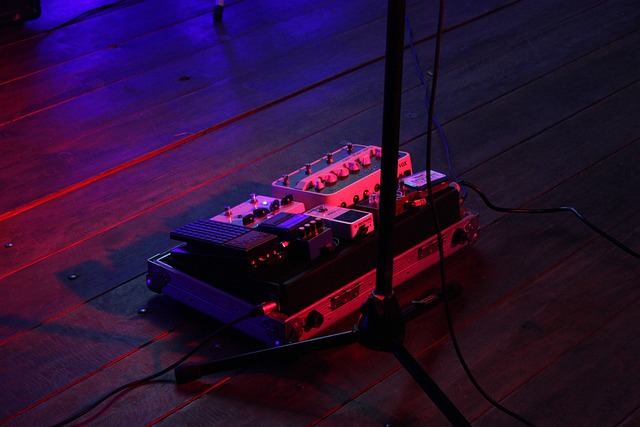
While distortion pedals can offer an incredible range of sounds, they don’t always have to break the bank. Let’s take a look at some budget-friendly options that deliver great sound without leaving a gaping hole in your wallet.
There are a few different types of distortion pedals available, each with its own unique sound.
Behringer VT999
The Behringer VT999 is a cost-effective tube distortion pedal that does not compromise on sound quality. It features a built-in noise gate and a 12AX7 tube for added tube warmth, offering excellent distortion at a cost-effective rate. The Behringer VT999 is renowned for its affordability without compromising on the quality of its sound. This makes it an excellent choice for those on a budget or beginners venturing into the world of distortion pedals.
Despite its budget-friendly price tag, the Behringer VT999 does not skimp on features. It offers a range of controls that allow you to tweak your sound to your liking, ensuring that you get the most bang for your buck. If you’re on a tight budget but still want to achieve great distortion, the Behringer VT999 is a fantastic option to consider. It proves that great tone doesn’t have to come with a hefty price tag.
TC Electronic Dark Matter
Another cost-effective option that delivers excellent distortion is the TC Electronic Dark Matter. This pedal is a versatile and affordable option, featuring a 2-band EQ and voicing switch, making it highly adaptable for different musical styles. The TC Electronic Dark Matter offers a four-knob interface, including a tone knob, for controlling EQ, saturation, and output level, as well as an all-analog circuit, dual-band tone controls, level, and drive. These features provide you with an extensive range of tonal possibilities, including tone control, ensuring that you can achieve your desired sound no matter your genre of music.
One of the standout features of the TC Electronic Dark Matter is its versatility. It functions optimally as an independent distortion pedal and the sound emulates that of a tube amp utilizing EL34 tubes, making it an excellent option to introduce an alternative distortion tone.
Whether you’re a beginner looking for your first distortion pedal or a seasoned pro on a budget, the TC Electronic Dark Matter provides excellent value for money. It’s proof that you don’t need to spend a fortune to achieve a great distortion sound.
High Gain Distortion Pedals
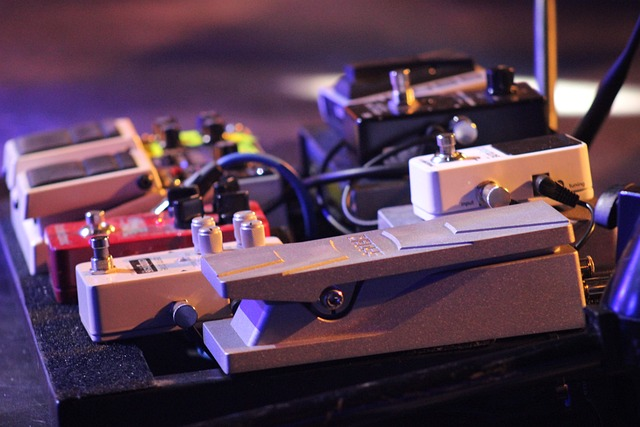
For those of you who play heavy metal, doom, or any genre that requires a hefty dose of distortion, high gain distortion pedals with a gain knob are your best friends.
Let’s dive into some of the most popular distortion pedals for high gain, which are also considered the best distortion pedals on the market.
Electro Harmonix Metal Muff With Top Boost
The Electro Harmonix Metal Muff With Top Boost is a high-gain distortion pedal that is perfect for those seeking an aggressive tone. It features a 3-band EQ and Top Boost circuit for added aggression, making it an ideal choice for heavy metal and doom genres. This pedal offers three EQ bands, six controls for sound shaping, and a Top Boost feature with its own control knob and footswitch button. Additionally, the bass boost switch enables you to navigate a wide range of tones, from a mild crunch to full-on metal mayhem.
The Electro Harmonix Metal Muff With Top Boost pedal offers a high-gain distortion sound with added intensity from the Top Boost circuit. Additionally, it gives you the ability to alter the sound with its three EQ bands and six controls, providing a wide range of tonal possibilities.
If you’re a fan of heavy metal or doom genres and are looking for a high-gain distortion pedal that can deliver a punch, the Electro Harmonix Metal Muff With Top Boost is a worthy contender to consider.
MXR M116 Fullbore Distortion
Next up is the MXR M116 Fullbore Distortion, a high-gain distortion pedal that is designed to deliver the heaviest tones. This pedal features a 3-band EQ, a scoop switch, and a built-in noise gate, making it a perfect choice for genres that require high gain.
The MXR M116 Fullbore Distortion pedal is equipped with a 3-band EQ with sweepable mid-range frequencies, volume, gain, a scoop switch that boosts high & low frequencies, and a built-in noise gate. These features allow you to dial in your perfect heavy metal tone with ease.
In terms of power, the MXR M116 Fullbore Distortion pedal can be powered by either a standard 9V battery or a 9V power supply, and it is true bypass. This ensures that when the pedal is not engaged, it will not interfere with your guitar’s signal, providing you with pure, unaltered tone.
If you’re seeking a high-gain distortion pedal that delivers a wide range of tones and has a built-in noise gate, the MXR M116 Fullbore Distortion is a fantastic option to consider.
Versatile Distortion Pedals for Various Genres
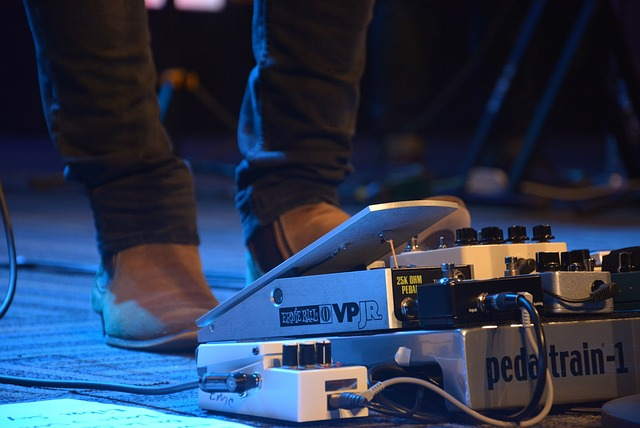
While some guitarists stick to a specific genre, others enjoy dabbling in a variety of music styles. If you fall into the latter category, you’ll need a distortion pedal that can adapt to your ever-changing musical journey.
Let’s take a look at some versatile distortion pedals that can accommodate various genres.
Fender Pugilist Distortion
The Fender Pugilist Distortion is a two-channel pedal that offers a range of flexible routing options, making it suitable for lower gain settings such as blues. Its versatility makes it an excellent choice for guitarists who play a variety of music styles.
The Fender Pugilist Distortion pedal offers two channels, flexible routing options, and is suitable for lower gain settings such as blues. This flexibility allows you to switch between genres with ease, ensuring that you always have the perfect tone at your fingertips.
The distinct characteristics of the Fender Pugilist Distortion pedal lie in its two channels. The A channel offers a milder, more rhythmic distortion, while the B channel provides increased saturation and sustain for lead playing. This versatility makes it a valuable tool for any guitarist’s pedalboard.
Whether you’re a blues guitarist looking for a mild overdrive or a rock guitarist seeking a saturated lead tone, the Fender Pugilist Distortion pedal has got you covered.
Walrus Audio Eras
The Walrus Audio Eras distortion pedal is another versatile option, offering five distinct distortion settings and a two-band EQ for a range of musical genres. The Walrus Audio Eras distortion pedal offers a 5-position rotary knob that provides access to five distinct distortion modes. This pedal is manufactured in the USA and offers a wide range of tonal possibilities, making it a great choice for guitarists who like to experiment with different genres.
One of the standout features of the Walrus Audio Eras is its versatility. It offers five distinct distortion settings and a two-band EQ, enabling it to be utilized for a variety of genres. Whether you’re playing blues, rock, or metal, the Walrus Audio Eras distortion pedal can adapt to your style, making it an excellent addition to any pedalboard.
How to Choose the Right Distortion Pedal for Your Tube Amp
Choosing the right distortion pedal for your tube amp may seem daunting with so many options available. However, by considering a few key factors, you can find the perfect pedal that will complement your amp and enhance your sound. The first step is to consider your desired sound. Different distortion pedals offer different tones, ranging from mild overdrive to full-on fuzz. If you’re a fan of rock or metal, you might prefer a pedal that provides a more aggressive sound with increased gain. On the other hand, if you play blues or jazz, you might prefer a pedal that offers soft clipping for a more textured sound.
Another important factor to consider is the control options offered by the pedal. Some pedals offer a simple setup with just a few knobs, while others offer more complex controls for tone shaping. If you like to tweak your sound, you might prefer a pedal with more control options. However, if you prefer a straightforward setup, a simple pedal like the MXR M104 Distortion+ might be more suitable.
Lastly, consider your budget and the compatibility of the pedal with your tube amp. Some pedals are more suitable for certain types of amps, so it’s important to research and test different pedals to find the one that works best with your specific amp. Remember, the best distortion pedal is not necessarily the most expensive one, but the one that best suits your needs and helps you achieve your desired sound.
Summary
In conclusion, choosing the right distortion pedal for your tube amp is a crucial step in shaping your guitar tone. Whether you’re playing blues, rock, or metal, a good distortion pedal can enhance your sound and bring your music to life.
Remember, the best distortion pedal is not necessarily the most expensive one, but the one that best suits your needs. So whether you’re looking for a budget-friendly option like the Behringer VT999 or a high-gain beast like the Electro Harmonix Metal Muff With Top Boost, there’s a distortion pedal out there for you. Happy playing!
Frequently Asked Questions
Can you use a distortion pedal with a tube amp?
It’s generally not necessary to use a distortion pedal with a tube amp since most tube amps have both a dirty (gain) and clean channel. This allows you to dial in your distorted tones along with the desired clean sound.
However, for tube amps that don't have a dirt (or dirty enough) channel, or cases where you're chasing a very specific sound, you may want to use a distortion pedal into your tube amp.
What pedals to use with tube amp?
An overdrive pedal is essential to get the most out of a tube amp, as it increases its natural warmth and grit.
It can also be used to add a bit of extra gain to a clean amp, allowing for more dynamic playing and a wider range of tones.
Do you need an overdrive pedal with a tube amp?
No, you do not need an overdrive pedal with a tube amp. Most tube amps have both a dirty and clean channel, so you can get the desired distorted tones without needing a digital pedal.
However, if you want to add more gain or a different type of distortion, an overdrive pedal can be a great addition to your setup. It can give you something.
Does John Mayer use a distortion pedal?
John Mayer does not use a distortion pedal, however he does use an Ibanez Tube Screamer and a Fulltone ‘69 Fuzz.
What is a distortion pedal?
A distortion pedal is an effects pedal used to give guitarists a heavier, grittier sound by providing increased gain, saturation, aggression and sustain compared to overdrive pedals.
Distortion pedals are often used to create a heavier sound for rock and metal genres, but they can also be used to create a more subtle, warm tone for blues and jazz. They can also be used to create a unique sound for experimental genres.


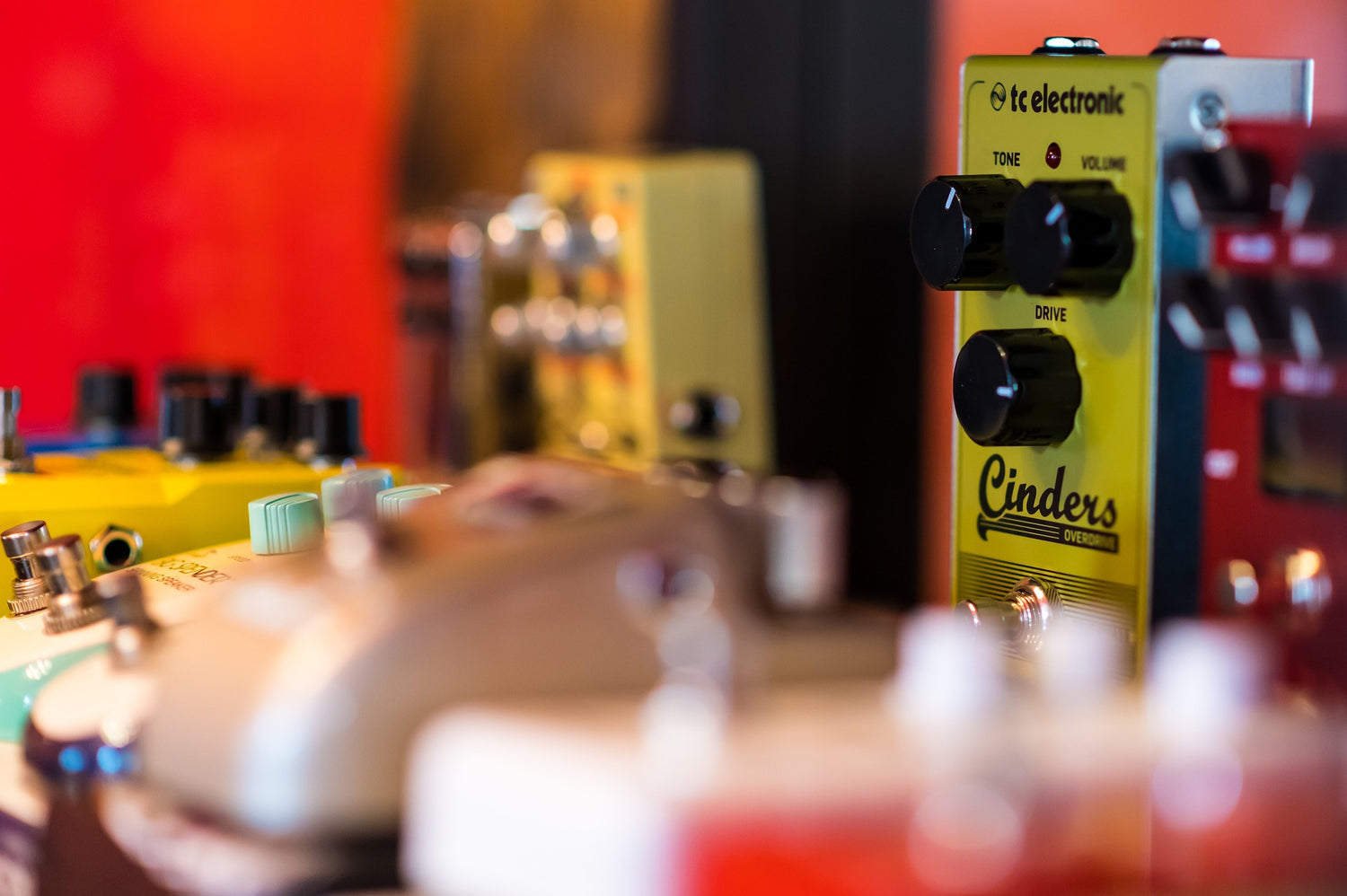
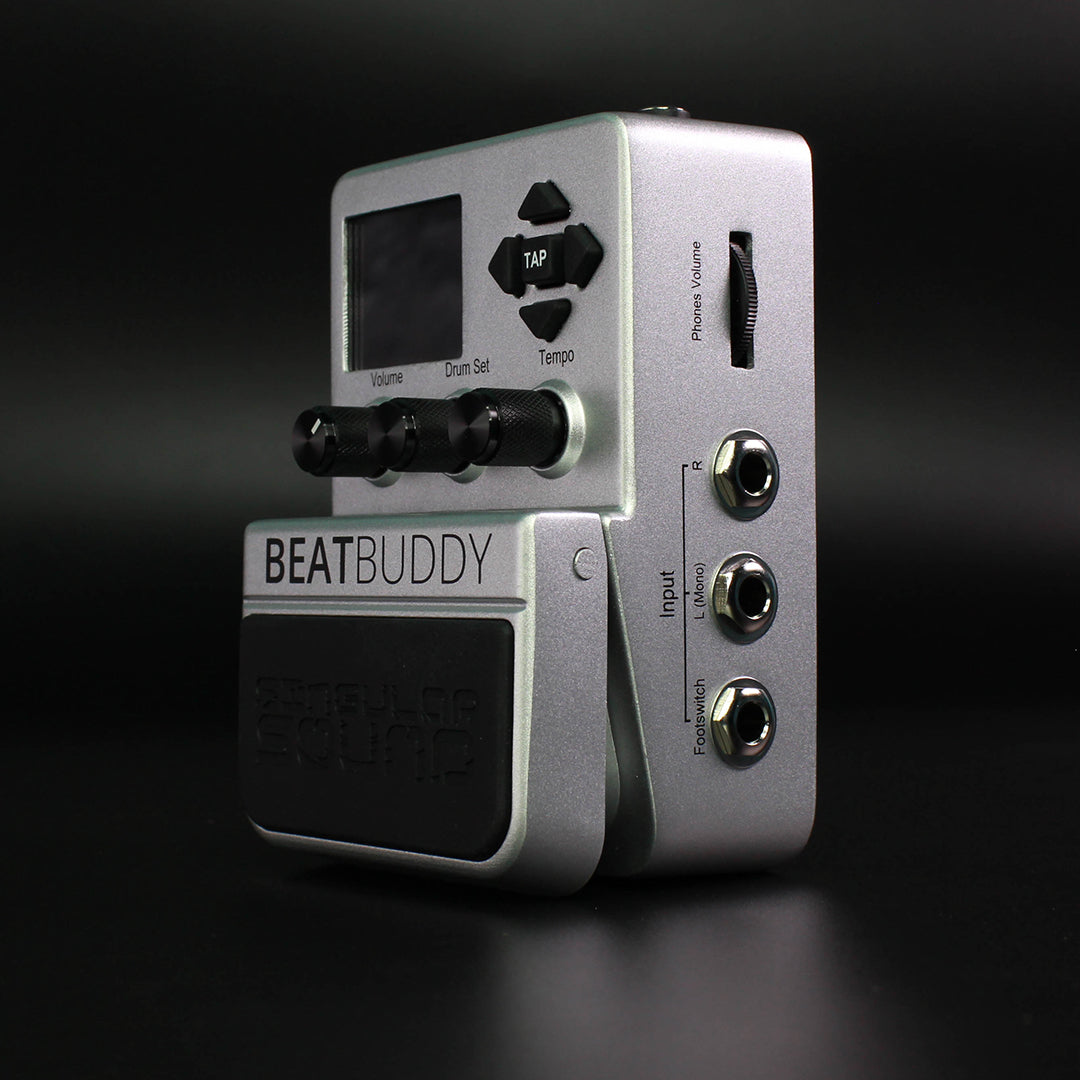
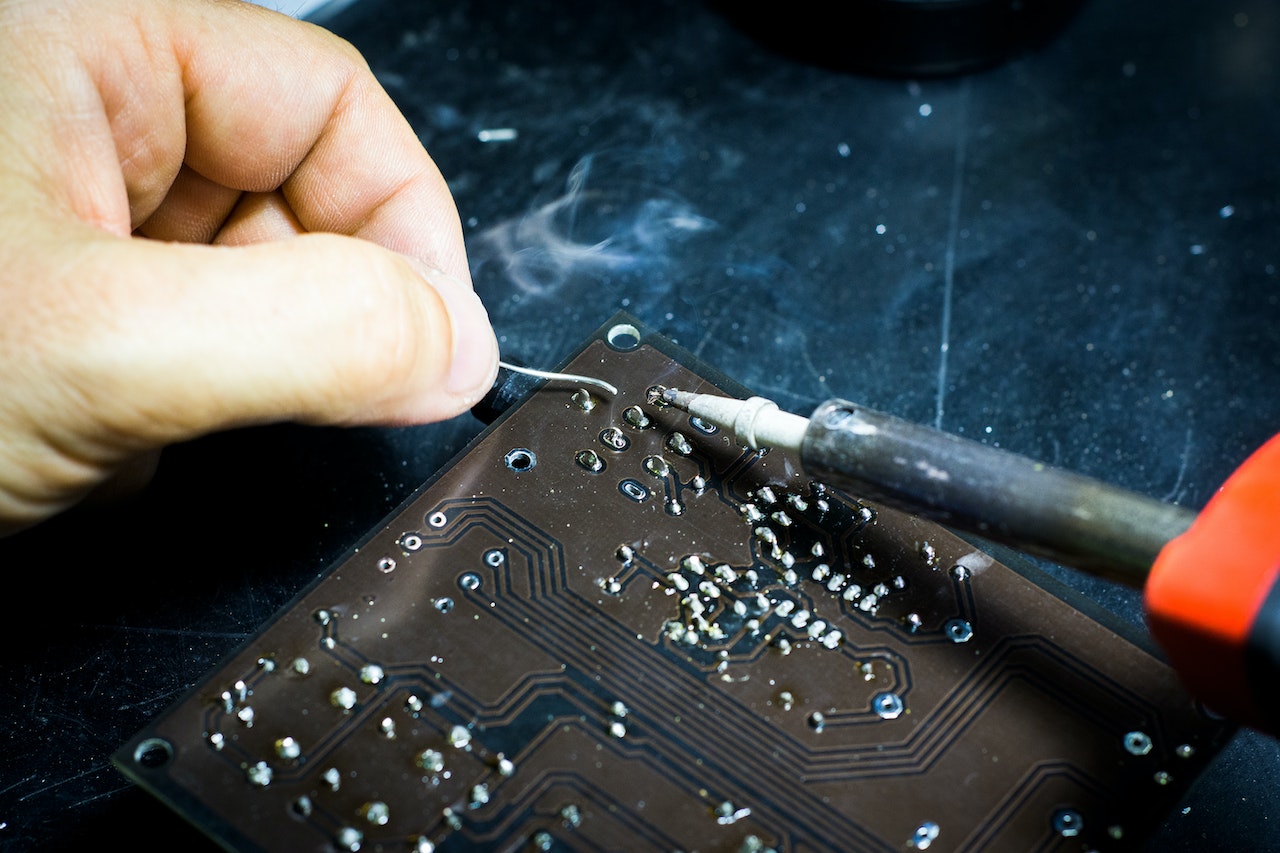
Leave a comment
All comments are moderated before being published.
This site is protected by hCaptcha and the hCaptcha Privacy Policy and Terms of Service apply.